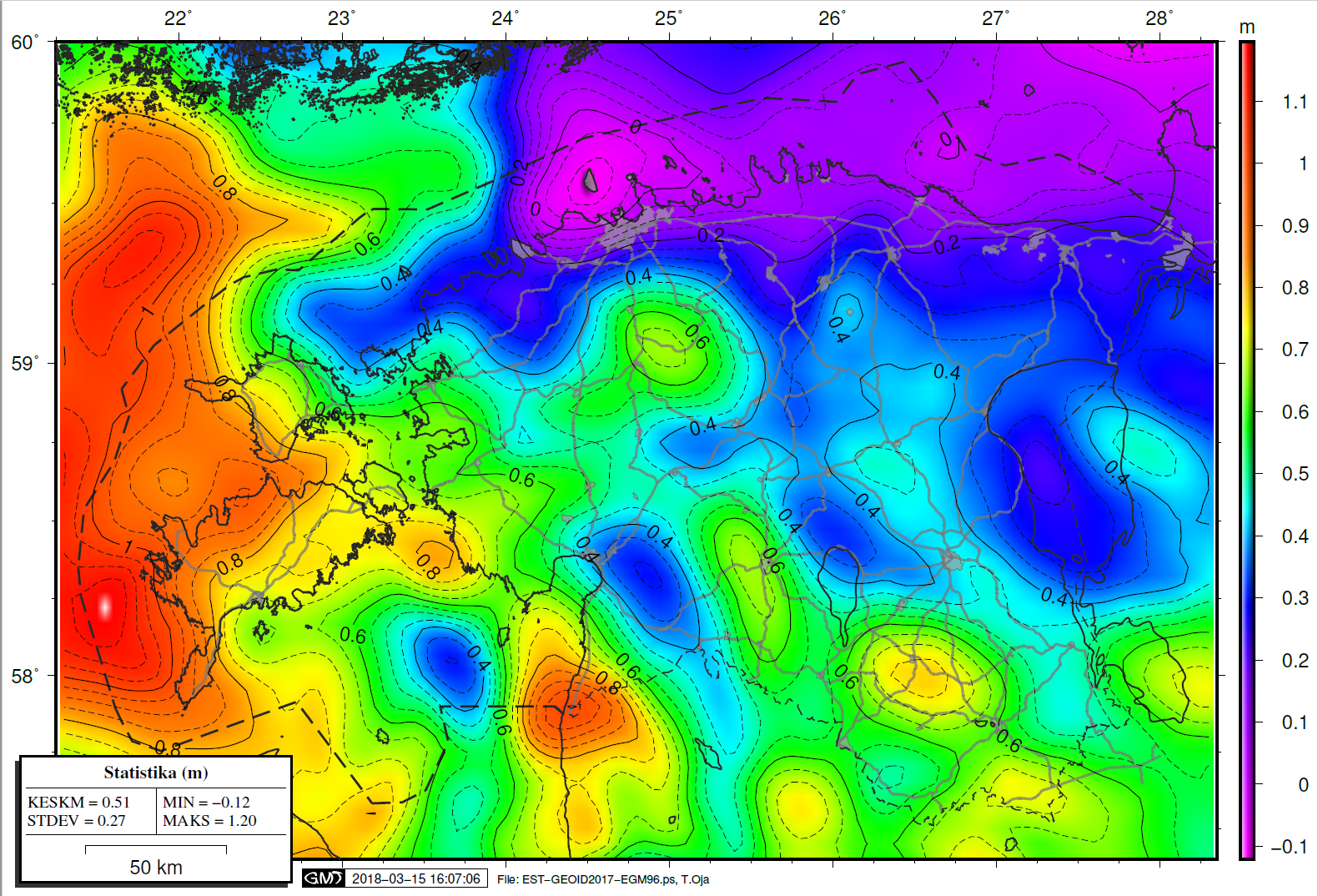GEN 2 TABLES AND CODES
GEN 2.1 MEASURING SYSTEM, AIRCRAFT MARKINGS, HOLIDAYS
1 Units of measurement
The table of units of measurement shown below is used within Tallinn FIR for air and ground operations.
For measurement of | Units used |
|---|---|
Distance used in navigation, position reporting, etc - generally in excess of 2 NM | Nautical Miles (NM) and tenths |
Relatively short distances such as those relating to aerodromes (e.g., runway lengths) | Metres (m) |
Altitudes, elevations and heights | Feet (ft) |
Horizontal speed including wind speed | Knots (kt) |
Vertical speed | Feet per minute (ft/min) |
Wind direction for landing and taking off | Degrees Magnetic (°) |
Wind direction except for landing and taking off | Degrees True (°) |
Visibility, incl. runway visual range | Kilometres or metres (km or m) |
Altimeter setting | Hectopascal (hPa) |
Temperature | Degrees Celsius (°) |
Weight | Metric tonnes or Kilogrammes (t or kg) |
Time | Hours (HR) and minutes (min); beginning at midnight UTC |
Volume | Litre (L) |
2 Temporal reference system
Co-ordinated Universal Time (UTC) and the Gregorian calendar are used by air navigation services and in publications issued by the Aeronautical Information Service. Reporting of time is expressed to the nearest minute, e.g., 12:40:35 is reported as 1241.
In the AIP and associated publications, the expression “summer period” will indicate that part of the year in which “daylight saving time” is in force. The other part of the year will be named the “winter period”.
Daylight saving time in Estonia is UTC + 3 hours.
The “summer period” will be introduced every year on the last Sunday in MAR at 0100 UTC and it will cease on the last Sunday in OCT at 0100 UTC. Times applicable during “summer period” are given in brackets.
3 Horizontal reference system
3.1 Name/designation of the reference system
3.2 Identification of the projection
Projection is expressed in terms of Lambert conformal conic projection with two reference secant parallels LAMBERT-ESTONIA (LAMBERT-EST), calculations of which are made based on the ellipsoid GRS80 using following numerical data:
| 1. | central Meridian | LC=24°00’E |
| 2. | first Standard Parallel | BS=58°00’N |
| 3. | second Standard Parallel | BS=59°20’ |
| 4. | geodetic coordinates of the reference point | B0=57°31’03’’.19415N L0=24°00’E |
3.3 Identification of the ellipsoid used
3.4 Identification of the datum used
3.5 Area of application
3.6 Use of an asterisk to identify published geographical coordinates
An asterisk (*) will be used to identify those published geographical coordinates which have been transformed into WGS-84 coordinates but whose accuracy of original field work does not meet the requirements in ICAO Annex 11, Chapter 2 and ICAO Annex 14, Volumes I and II, Chapter 2.
4 Vertical Reference Datum
4.1 Name/Designation of the Reference System
4.2 Description of the Geoid Model Used
4.3 Differences Between the Altitudes Referenced to EST-GEOID2017 and EGM96 in Estonia
The differences between the orthometric heights referenced to EST-GEOID2017 and the orthometric heights referenced to EGM96 (that is, the differences between the undulations of both geoids) depend on the geographic location of the point under consideration. The following map shows the undulation differences of these models in Estonia.

5 Aircraft Nationality and Registration Marks
6 Public Holidays
Name | 2024 | 2025 | 2026 |
|---|---|---|---|
* Administrative services close 3 hours earlier on the working day before. | |||
New Year´s Day * | 01 JAN | 01 JAN | 01 JAN |
Independence Day * | 24 FEB | 24 FEB | 24 FEB |
Good Friday | 29 | 18 | 03 |
Easter Sunday | 31 | 20 | 05 |
May Day | 01 MAY | 01 MAY | 01 MAY |
Pentecost | 19 | 08 | 24 |
Victory Day * | 23 JUN | 23 JUN | 23 JUN |
Midsummer Day | 24 JUN | 24 JUN | 24 JUN |
Day of Restoration of Independence | 20 AUG | 20 AUG | 20 AUG |
Christmas Eve * | 24 DEC | 24 DEC | 24 DEC |
Christmas Day | 25 DEC | 25 DEC | 25 DEC |
Boxing Day | 26 DEC | 26 DEC | 26 DEC |